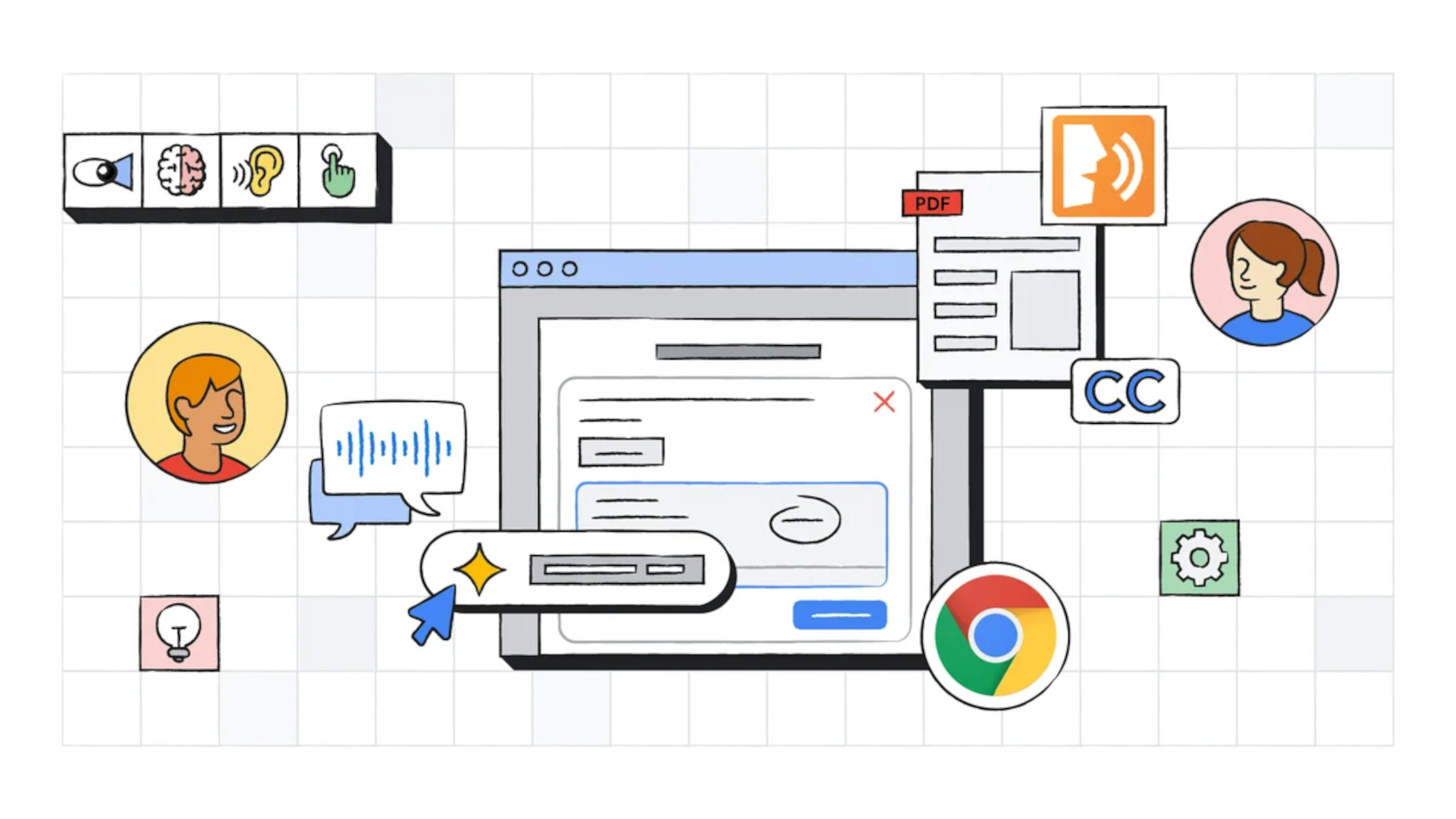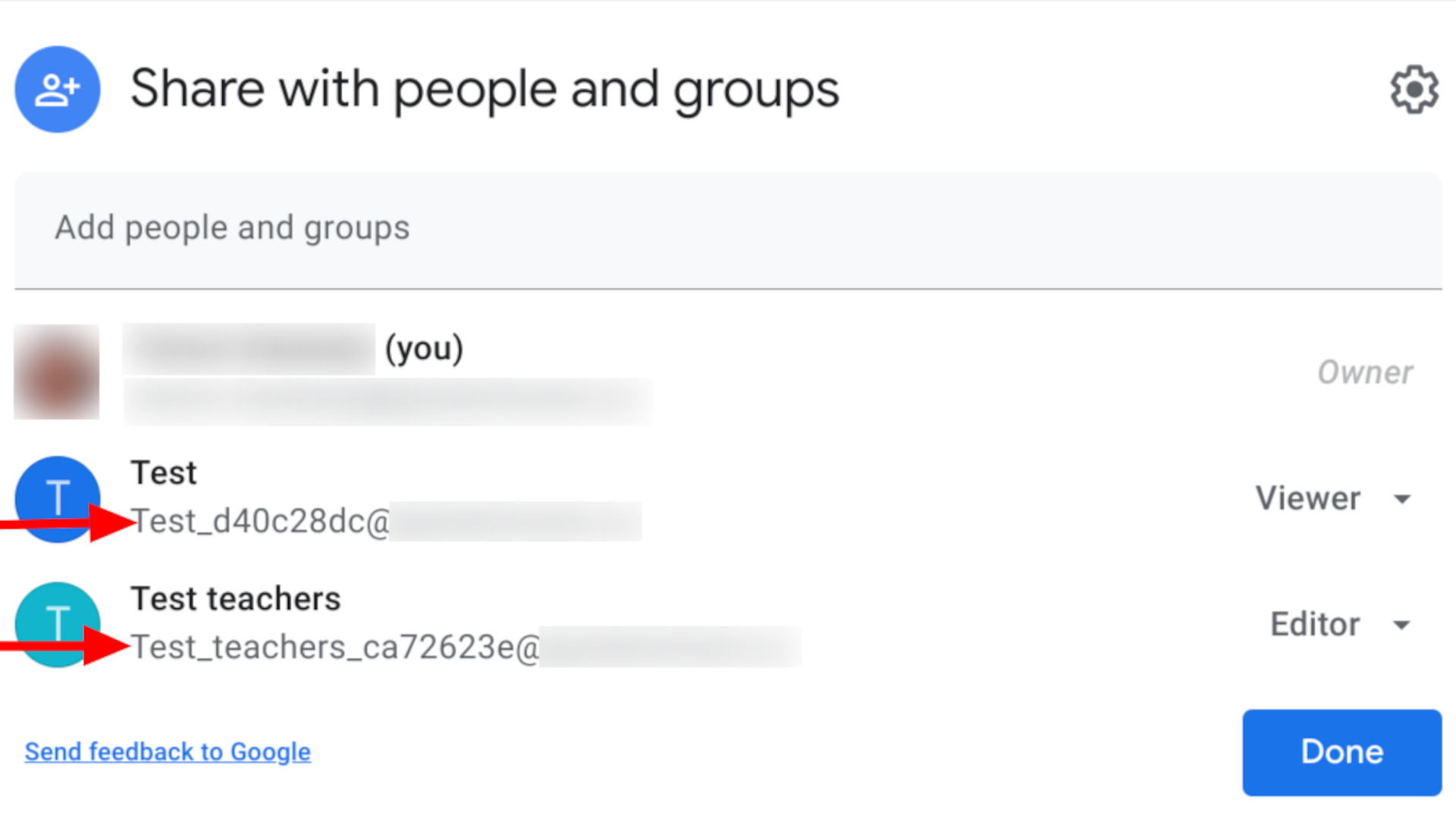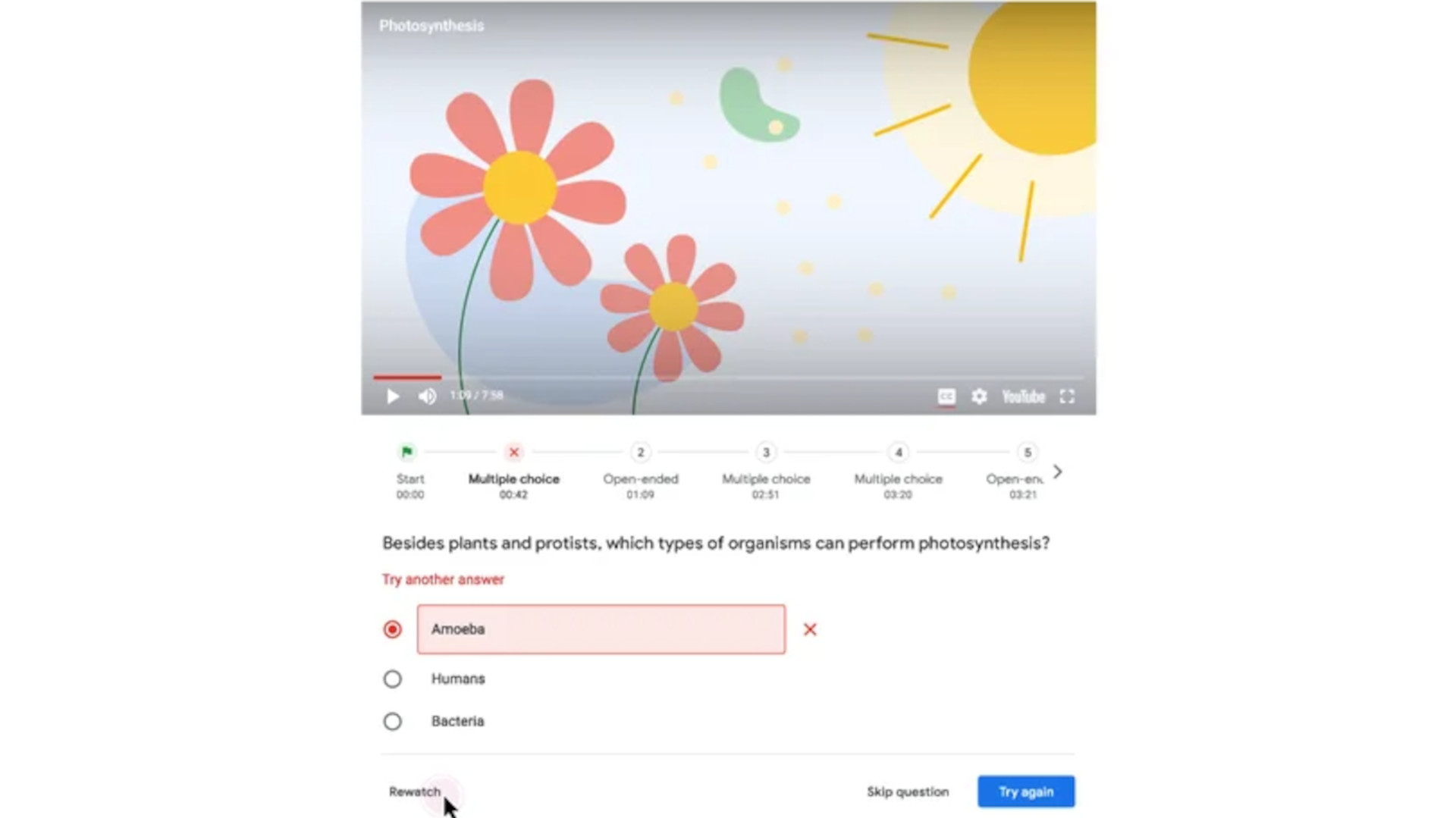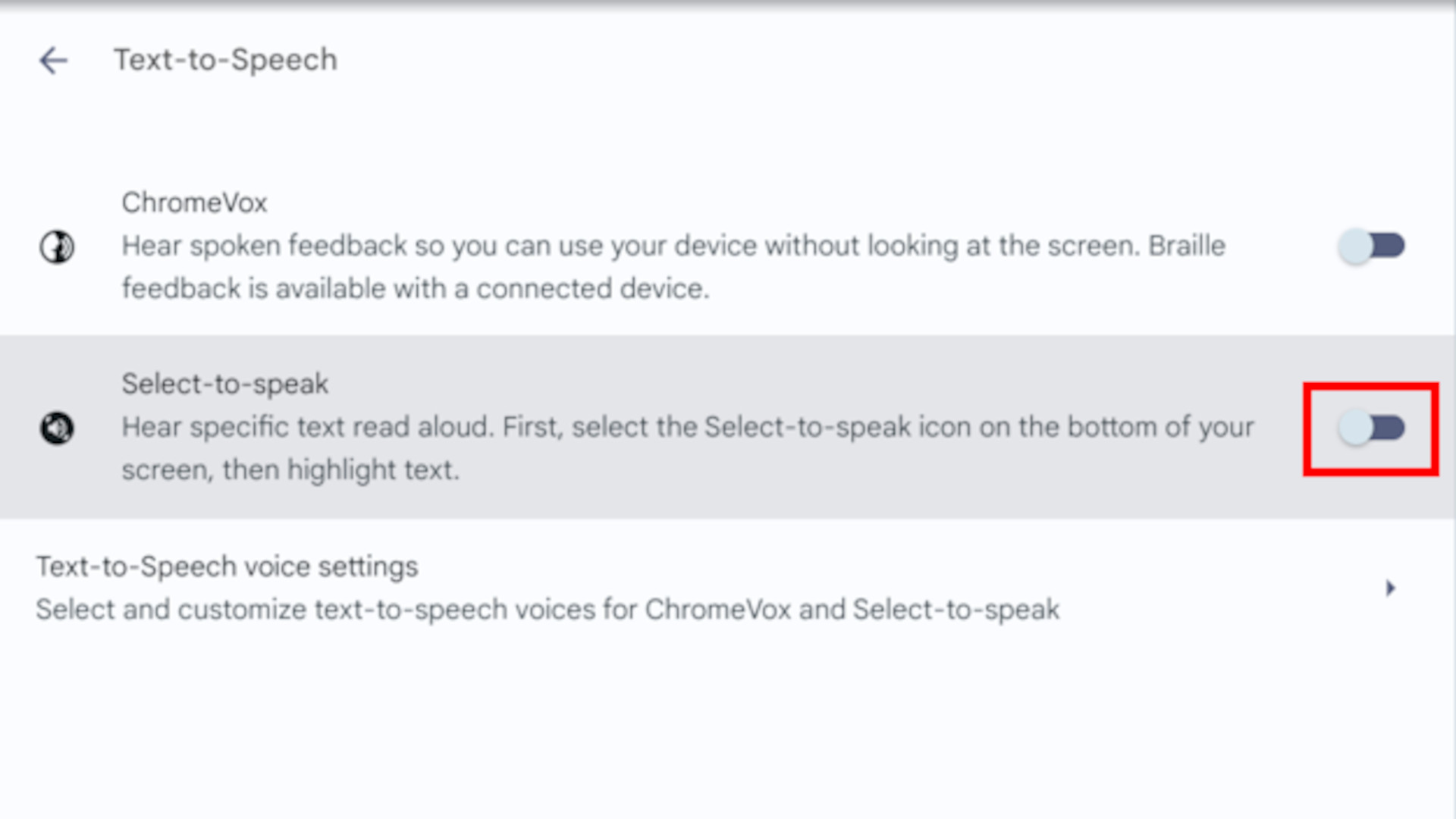What’s New in Google for Education?
Find out what's new in Google for Education in this timely update guide

If you've asked what's new in Google for Education recently then this is the place to be! The latest slew of updates from Google means the software designed for education institutions has been upgraded with new tools that can help to make life easier -- for educators and students alike.
Google has announced new AI-powered features for the service that aim to make the administrative side of the teaching process more automated. Presented at BETT 2024, these new features sit alongside many more, with 30 in total. This guide breaks down all the best bits so you can work out what will serve you in your classroom.
What’s New in Google for Education? – AI features

The new AI features announced by Google are designed to help remove the leg-work from many mundane administrative and support tasks of teaching. The idea is to add automation that will save time when creating new classroom resources, while keeping things straightforward too.
Using Duet AI, educators can now draft a lesson plan in Docs or create images in Slides with far more ease. Even building out entire project plans can now be done more quickly with AI assistance in Sheets.
Practice sets have had a useful update in which the AI now allows you to create, manage and share lessons all in one place. Teachers will be able to create answers and hints automatically -- and with more than 50 languages supported. Usefully, there will be a dedicated tab for Resources, which aims to make managing interactive questions asked during videos more easy to address.
Group the Classroom

Google announced that later this year it will be possible for teachers to create digital groups in the Classroom system. This should make it possible to assign different assignments to varying groups -- ideal if you sectionalize the class into ability levels, for example.
Using the Classroom analytics to see how these assignments have gone is also going to be easier. Teachers should be able to view stats and trends more easily. That can mean seeing assignment completion information and trends for grades over time, all from within Classroom at a glance.
Tools and ideas to transform education. Sign up below.
Another useful tool, that can apply to group work, is Slide creation with narration. Teachers should be able to hit a record icon to record audio to go along with slides -- an ideal way to prepare a lesson ahead of time that can be followed digitally by the class. It can also mean setting these Slides for each group will be easier with specific guidance to suit that level.
Make YouTube videos interactive with Classroom

This follows a recent update in December in which Google announced it was possible for some users to make YouTube videos interactive using Classroom. This has seen a wider rollout. The idea is that teachers can add questions at specific time markers that students need to answer in order to complete the video properly.
This allows teachers to add open-ended or multiple choice questions to videos. It's also possible to provide feedback on answers. Students can view incorrect answers and learn from mistakes by rewatching the video. Once done, teachers can use a dashboard to see insights.
Read better with ChromeOS

ChromeOS has received some updates that can really help teachers and students when it comes to reading documents. This is specifically well-suited to PDF documents. Now it's possible to use Optical Character Recognition to detect the text and have the software lift that out of a PDF for you -- making it possible to edit and manipulate as needed.
The reading side of things has also seen improvement with the ability to use Reading mode in Chrome browser in more ways. Now you can highlight text and have it read aloud with more natural sounding text-to-speech voices -- ideal for student comprehension.
Luke Edwards is a freelance writer and editor with more than two decades of experience covering tech, science, and health. He writes for many publications covering health tech, software and apps, digital teaching tools, VPNs, TV, audio, smart home, antivirus, broadband, smartphones, cars and much more.
